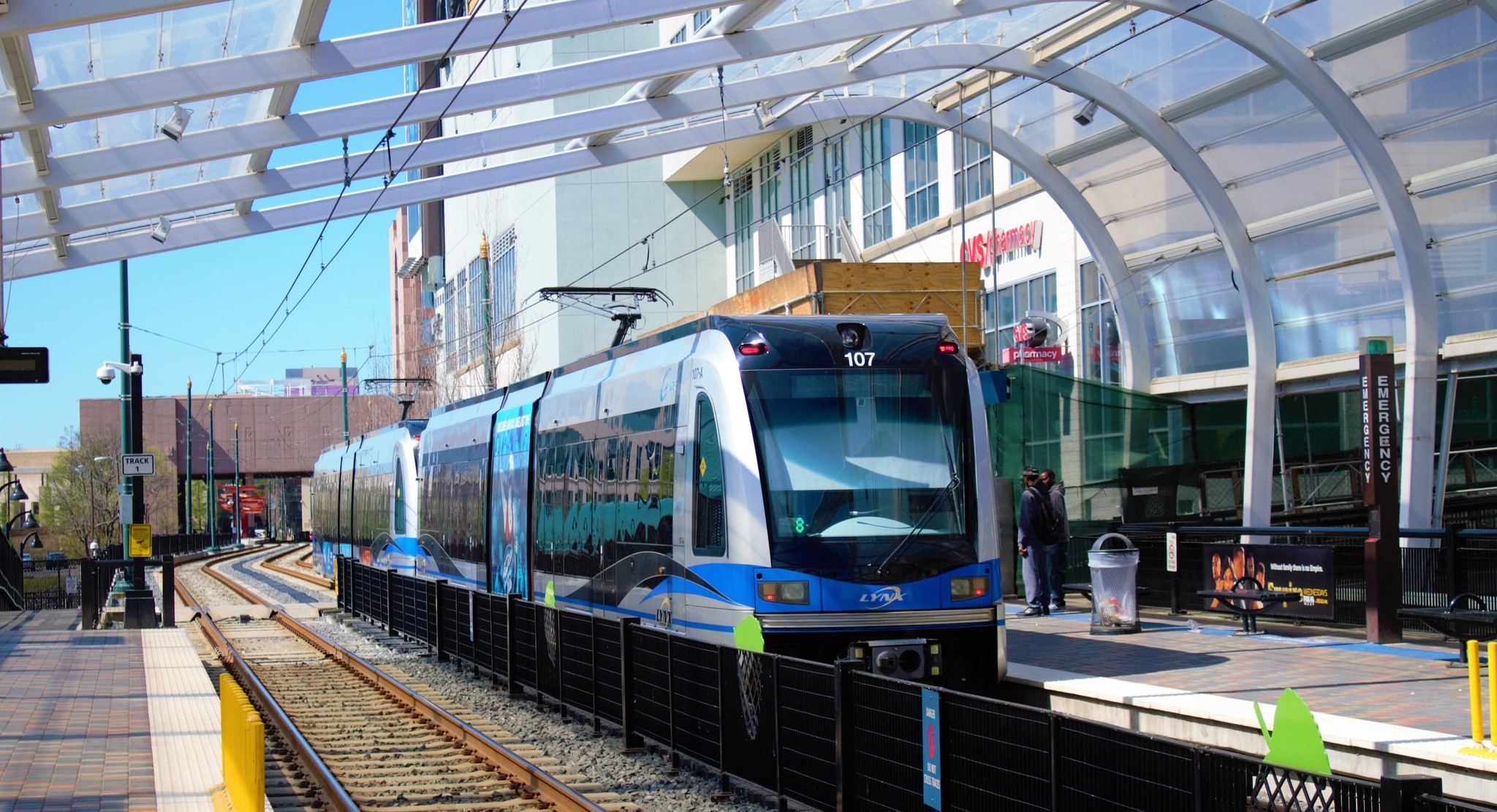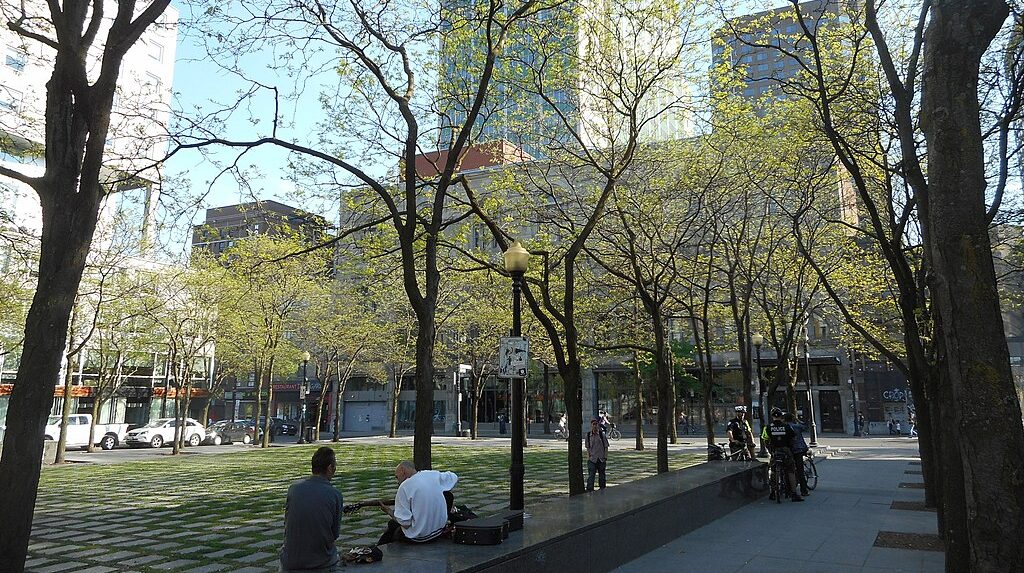Yesterday, as I was scrolling through the Streetsblog Network feed, I came upon this headline from network member Sprawled Out: "We Americans are all infrastructure -- and no people."
I clicked through right away, because that line had so much resonance for me.
The post turned out to be a link to a story from the Milwaukee Journal-Sentinel by Richard L. Birch. He's a business writer who lives in Milwaukee but also has an apartment in Almería, Spain, where his wife's family is from.
Here's what he writes about re-entry into his own native country:
Photo: Sprawled Out
Arriving home from Spain, we drove through Milwaukee from Mitchell
International Airport, and the eerie calm of sealing ourselves behind
car windows settled over us; the "carness" of our life here spread out
like a gray pall all around us.Instead
of people, conversation, shopping, eating and attending to business on
the hoof, we were surrounded by access roads, parking lots, highways
and bridges until we eventually passed under the shadow of the hulking
three-story garage whose gloomy, and empty, cavern overshadows our
magnificent art museum.We Americans are all infrastructure -- and no people.…
What's
the cost for living our American way? It's not just the thousands of
dollars for the second car, insurance and gas. We also have to support
a lake of concrete around us -- and gas, electric and sewer lines to
stretch out past the near-vacant belts beyond the older suburbs.
Property taxes in Almería on our condo are one-twelfth our taxes in
Milwaukee, even though the value of the two homes is roughly the same.One-twelfth. Oh, and they throw in free health insurance.
It's a powerful piece of writing. Click through yourself to read it all.
Is there hope that momentum is shifting away from this kind of lonely landscape? Over at NRDC Switchboard, Kaid Benfield writes about a new report from PriceWaterhouseCoopers and the Urban Land Institute on the prospects for the real estate market in the United States. The report, Benfield writes, projects a gloomy future for the kind of sprawling development that Birch drove through after landing in Milwaukee.
Benfield writes:
In a section titled "markets to watch," the report also advisesinvestors to favor convenient urban office, retail,entertainment and recreation districts where there are mass transitalternatives to driving. Investors are advised to shy away from, amongother things, fringe areas "with long car commutes or where getting aquart of milk means taking a 15-minute drive."
Related: a post from brand-new network member American Dirt on spreading brownfields and shuttered gas stations (h/t to The Urbanophile's Aaron Renn).





